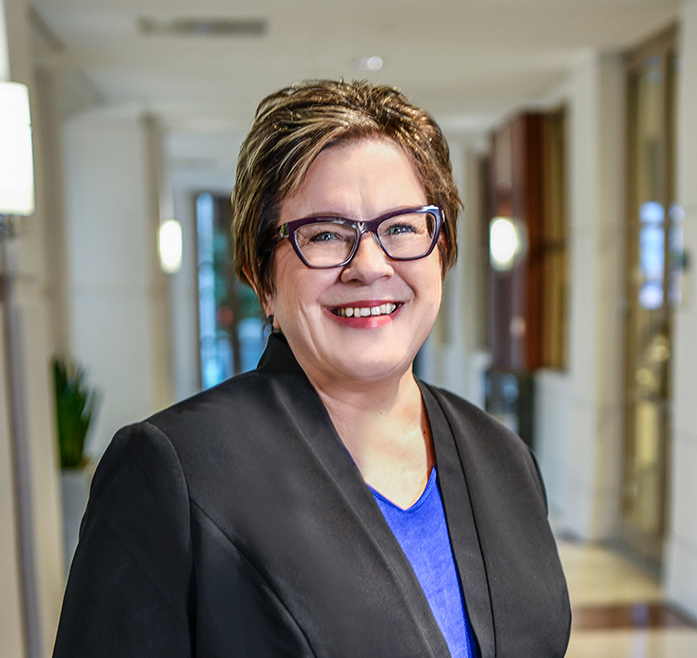When affluent multigenerational families contemplate the transfer of their assets across generations, they find themselves caught in complex legal structures that unavoidably intertwine ownership and control. While these structures may help maximize and protect value, they also create “shared risks.” Recognizing and managing shared risks becomes critical to retaining, growing, and transferring wealth within families and between generations.
Risk management involves the active management of unknowns. In a family context, shared risks could include: unexpected and irresolvable disagreements; an unintended and disruptive divorce; an unforeseeable and alarming disability; as well as known or unavoidable events such as death. As families increase in size and diversity, the importance of managing shared risks also grows. Unknowns cannot be left to chance. Knowns have to be shared with understanding and transparency.
- Imagine the confusion among heirs when an estate owner becomes incapacitated or dies, having never completed a will or the essential ancillary documents.
- Consider the opportunities for misunderstandings if family members are unaware of changes in tax law that could impact shared ownership of assets.
- What if family members make estate planning decisions based on family information that has become incomplete, inconsistent, or outdated?
- How could the estate plan be executed if the liquidity required to fund buy-sell agreements, replace access to wealth for a non-family spouse, and pay transfer taxes hasn’t been accounted for and communicated?
- What happens to the transfer of assets if time horizons are inappropriate or out of sync among beneficiaries?
The belated recognition of shared risks can bring planning to a standstill and undermine family harmony. Why families fail to complete their planning can be explained with three words. From our experience, estate planning obstacles and missed opportunities are tied to the absence of clarity, confidence, and coordination.
- Clarity starts with agreed upon goals and objectives and thrives on communication and transparency.
- Confidence comes from informed decision-making aided by the knowledge and insight of advisors.
- Coordination depends on a comprehensive process without loose ends, uninformed and uninvolved family members, or confusion among advisors.
Maximizing, preserving, and transferring family wealth includes the active management of shared risks. We have developed specific tools and processes to achieve clarity, confidence, and coordination, so that shared risks can be identified, prioritized, and then mitigated by applying appropriate strategies. The need for this planning prior to real-life triggering events cannot be overstated.
 ™
™

